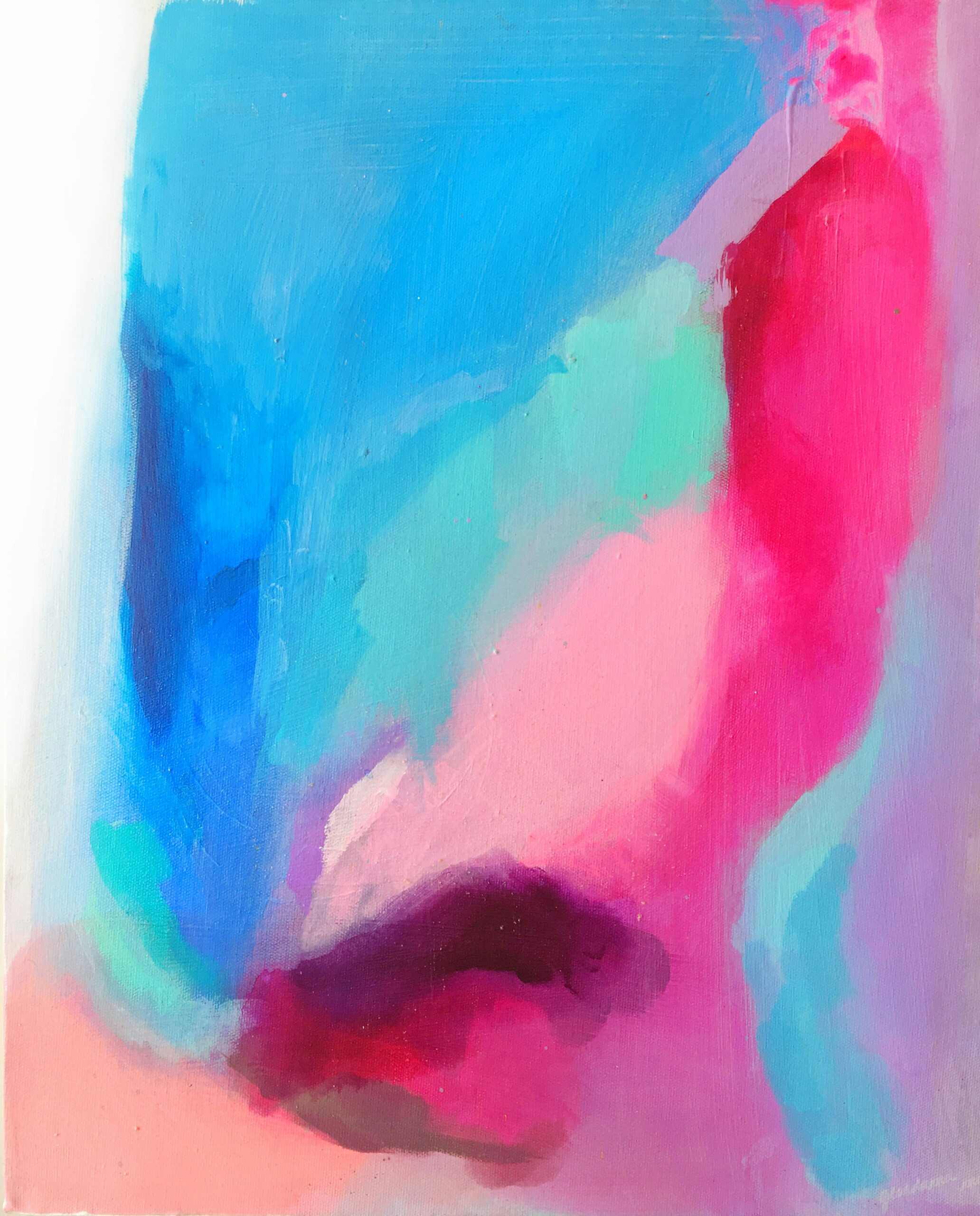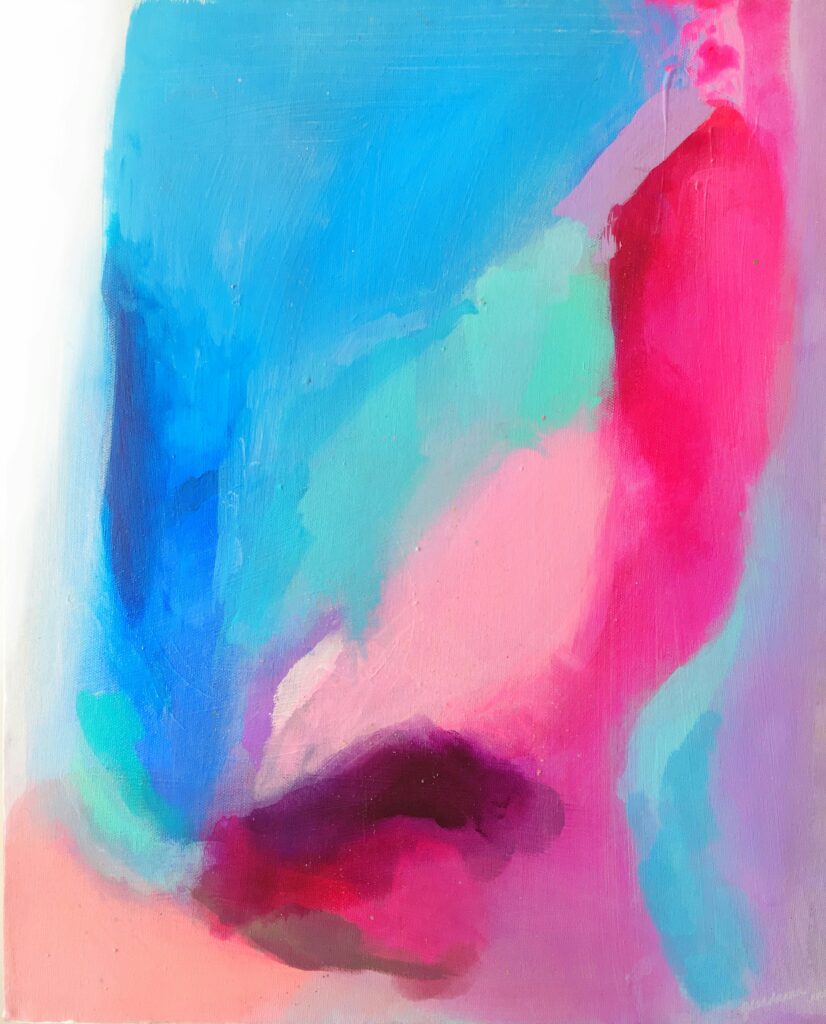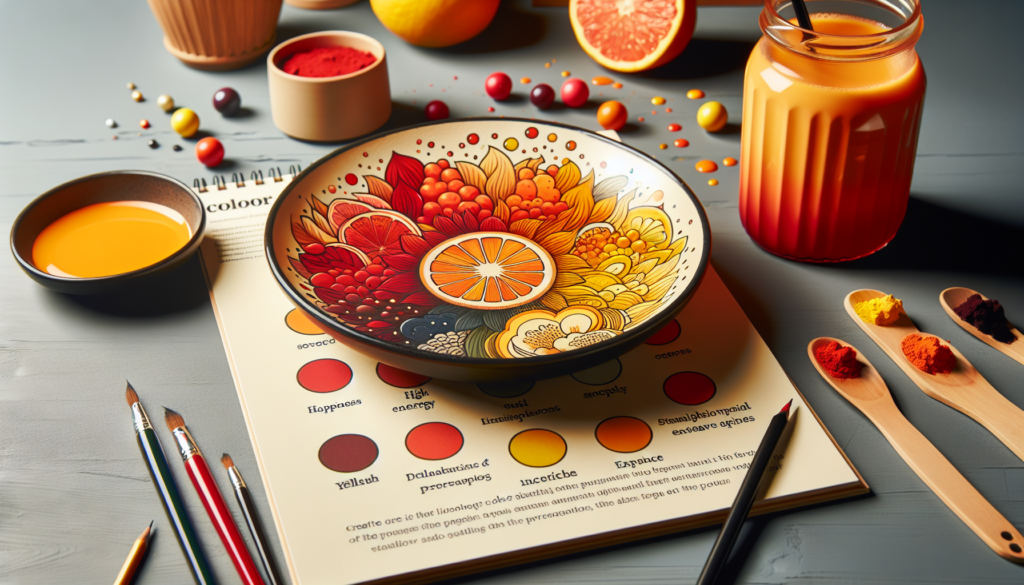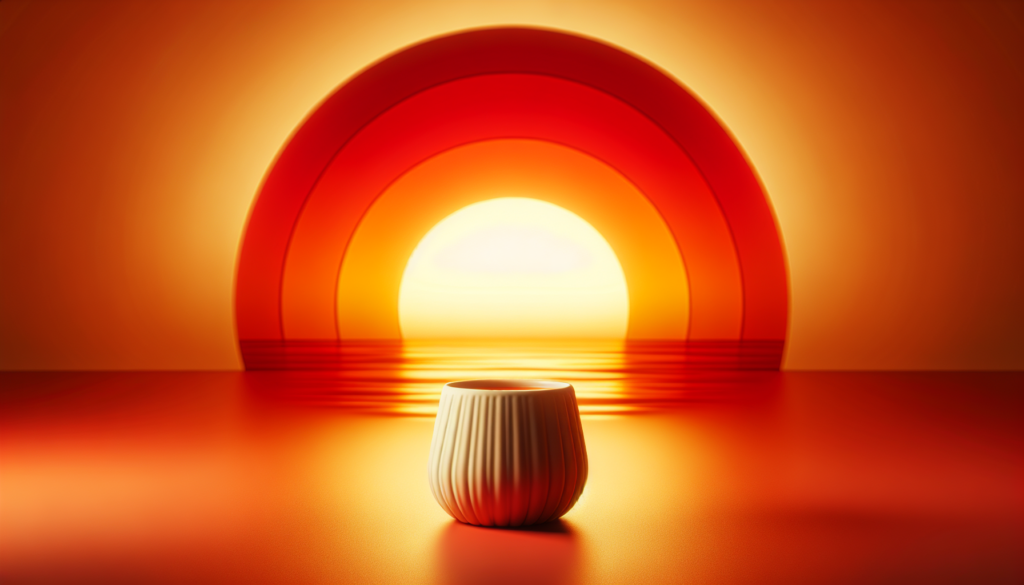
Looking to transform the atmosphere of your home? Look no further than the power of warm colors. In this article, we explore the fascinating connection between warm hues and mood. Whether you’re seeking tranquility or a burst of energy, understanding how warm colors impact your emotions can guide you in creating a space that truly reflects your desired ambiance. So, get ready to explore the enchanting world of warm colors and discover the transformative effects they can have on your mood.
The Science of Color
Color is everywhere around us, influencing our thoughts, emotions, and behaviors in ways we often don’t even realize. The world we see is an array of colors, each with its own unique impact on our perception and mood. The study of color is an interdisciplinary field that combines psychology, biology, and physics to understand how colors are perceived and how they affect us.
Color Perception
Our perception of color begins in the eye, where specialized cells called cones detect different wavelengths of light and transmit this information to the brain. The brain then processes these signals and allows us to perceive the various colors in our environment. However, it is important to note that individual experiences and cultural backgrounds can influence color perception to some extent.
Color Theory
Color theory is a framework that helps us understand the relationships between different colors and how they interact with each other. It provides guidelines for creating harmonious color schemes and explores the psychological and emotional effects of specific colors. Warm colors and cool colors are two broad categories used in color theory to describe the overall mood and atmosphere created by colors.
Warm Colors
Definition
Warm colors are a range of hues that evoke feelings of warmth, energy, and vibrancy. They are typically associated with elements such as fire, sunlight, or heat. Common warm colors include red, orange, and yellow, as well as variations and combinations of these colors.
Examples
Some examples of warm colors include the fiery red of a sunset, the sunny yellow of daffodils, and the vibrant orange of a blazing campfire. Warm colors can also be found in various shades and tones, from the deep burgundy of a fine wine to the golden hue of ripe wheat fields.

Psychology of Warm Colors
Impact on Mood
Warm colors have a significant impact on our mood and emotions. They tend to create a sense of excitement, enthusiasm, and positivity, making us feel more energized and alive. When surrounded by warm colors, we often experience a boost in mood and an enhanced sense of well-being.
Emotional Associations
The emotional associations with warm colors can vary depending on cultural and personal experiences. Red, for example, is often associated with passion, love, and power. It can evoke strong emotions and stimulate the senses. Orange is often linked to creativity, energy, and warmth, while yellow is often associated with happiness, joy, and optimism.
Effects on Happiness
Elevation of Mood
Warm colors have the power to elevate our mood and create a sense of happiness and contentment. Studies have shown that exposure to warm colors can increase the production of serotonin, a neurotransmitter that plays a crucial role in regulating mood and happiness. This heightened mood can have a positive impact on our overall well-being and quality of life.
Creating a Welcoming Atmosphere
Incorporating warm colors into our surroundings can create a welcoming atmosphere. Whether it’s painting a room, choosing warm-toned furniture, or adding warm accents, the use of warm colors can make a space feel inviting and cozy. This sense of warmth and comfort can contribute to a more positive and enjoyable living environment.

Effects on Energy
Boosting Alertness
Warm colors have the ability to stimulate our senses and increase our level of alertness. When surrounded by warm hues, our brain receives signals of energy and excitement, leading to improved focus and heightened cognitive function. This can be particularly beneficial in tasks that require mental acuity and concentration.
Encouraging Activity
The lively nature of warm colors can encourage physical activity and motivate us to engage in various tasks. Warm-colored workout spaces can give us an extra push of energy during exercise, while warm-toned kitchen spaces can inspire culinary creativity and encourage more frequent cooking and meal preparation.
Effects on Comfort
Creating Coziness
Warm colors have a way of creating a cozy and comforting atmosphere. When used in home design, they can make a space feel warm and inviting, evoking a sense of shelter and relaxation. This is especially beneficial in areas like bedrooms and living rooms, where we seek solace and comfort after a long day.
Enhancing Relaxation
Certain warm colors, like muted shades of red and earthy tones, can also contribute to a sense of relaxation and tranquility. These colors have a soothing effect on the mind and can help reduce stress and anxiety. Incorporating warm colors into meditation spaces or relaxation areas can enhance the overall calming experience.

Effects on Confidence
Instilling Warmth
Warm colors have the power to instill a sense of warmth in both physical and emotional contexts. In personal interactions, the use of warm colors in clothing or accessories can create a welcoming aura and make us appear more approachable and friendly. This warmth can help build connections and boost our confidence in social situations.
Promoting Self-Assurance
Surrounding ourselves with warm colors can also have a positive impact on our self-assurance. When we feel comfortable and secure in our environment, our self-confidence naturally increases. By incorporating warm colors into our personal spaces, we create an environment that is supportive and nurturing, allowing us to feel more empowered and self-assured.
Warm Colors in Home Design
Choosing Warm Color Palettes
When designing a home, warm color palettes can create a cohesive and inviting look. Choosing a color scheme that incorporates warm hues can help establish a specific mood or theme for each room. For example, a vibrant red and yellow palette in the kitchen can evoke a sense of energy and excitement, while a softer peach and beige palette in the bedroom can create a calming and relaxing ambiance.
Applying Warm Colors in Different Spaces
Different spaces within a home can benefit from the use of warm colors in various ways. Living areas can be enhanced with warm-toned furniture, such as rich brown sofas or golden wood accents. Bedrooms can benefit from warm wall colors or cozy bedding in earthy tones. Bathrooms can be transformed with warm-colored tiles or accessories in shades of terracotta or rust. By strategically applying warm colors, each space in the home can become a welcoming and comfortable oasis.

Warm Colors in Interior Decor
Incorporating Warm Colors with Furniture
Furniture plays an essential role in interior decor, and incorporating warm colors into your furniture choices can have a profound impact. Choosing sofas, chairs, or ottomans in warm shades like deep red, burnt orange, or mustard yellow can instantly add warmth and vibrancy to a living space. Additionally, selecting warm-toned wood finishes for tables and cabinets can further enhance the cozy and inviting atmosphere.
Using Warm Accents and Accessories
Another way to incorporate warm colors into interior decor is through accents and accessories. Soft furnishings, such as cushions, curtains, and rugs, in warm hues can bring a pop of color and create a welcoming focal point in a room. Artwork, decorative objects, and lighting fixtures in warm colors can also add visual interest and enhance the overall aesthetic appeal.
Creating Balance with Warm Colors
Combining Warm and Cool Colors
While warm colors can create a sense of energy and vibrancy, it is important to balance them with cool colors to create a harmonious environment. Cool colors, such as blues and greens, can provide a sense of calmness and balance out the intensity of warm colors. By combining warm and cool colors in a thoughtful way, you can create a space that is visually pleasing and emotionally balanced.
Using Neutral Shades
Neutral shades, such as beige, gray, or cream, can also play a crucial role in balancing warm colors. These versatile colors can act as a backdrop for warm hues, allowing them to shine without overwhelming the space. Additionally, neutral tones can create a sense of elegance and sophistication when paired with warm accents or furniture pieces.
In conclusion, warm colors have a profound impact on our perception, mood, and well-being. By understanding the science and psychology behind warm colors, we can harness their power to create spaces that evoke happiness, energy, and comfort. Whether in home design or interior decor, incorporating warm colors can transform any space into a welcoming and vibrant oasis that nurtures both the body and the soul. So go ahead, embrace the warmth, and let the power of warm colors elevate your living spaces.

